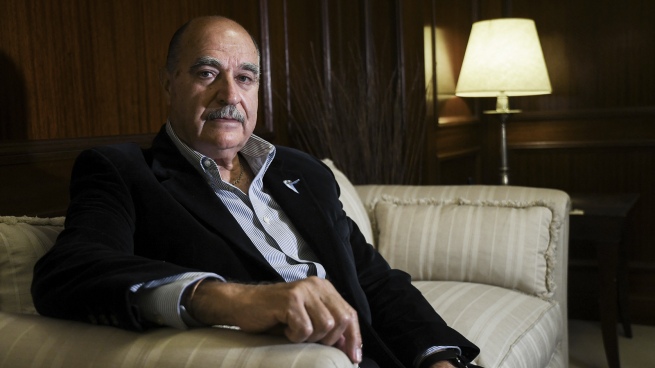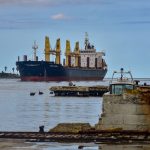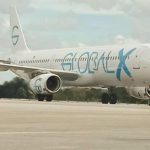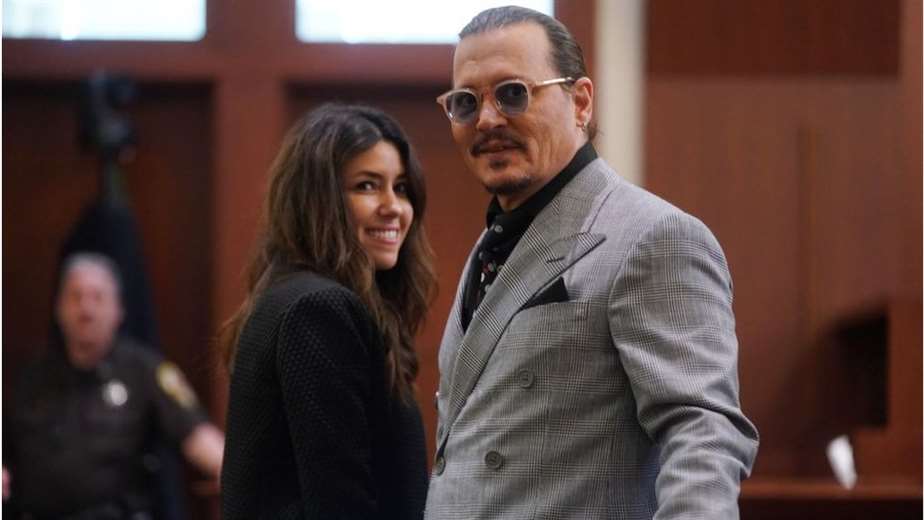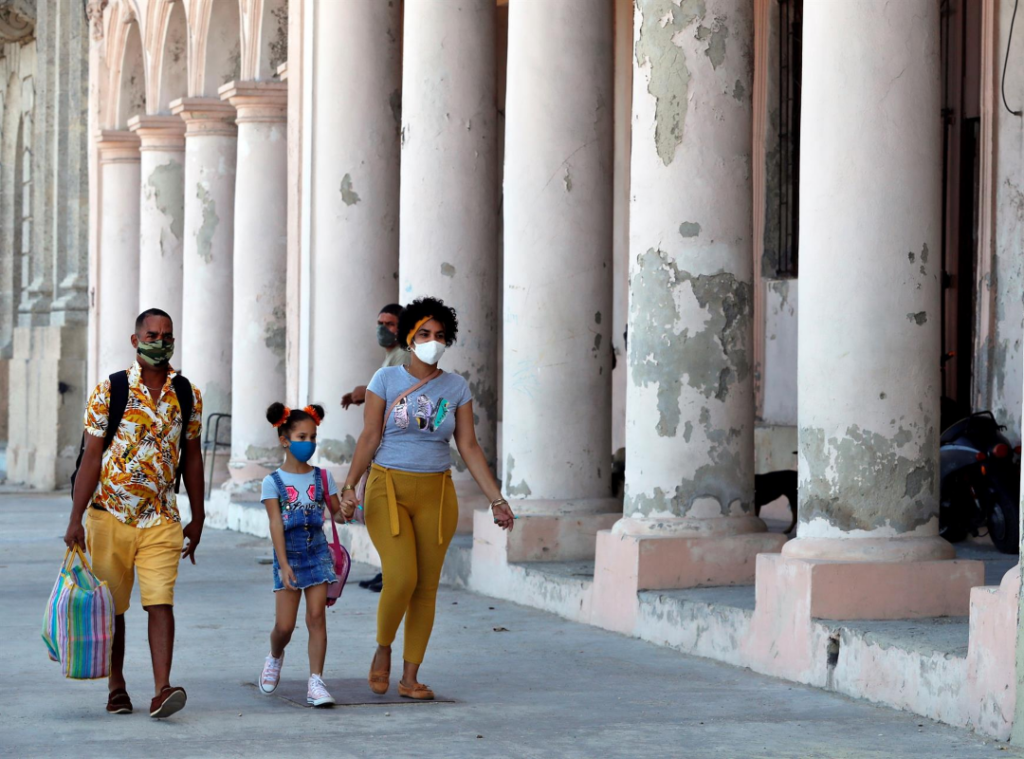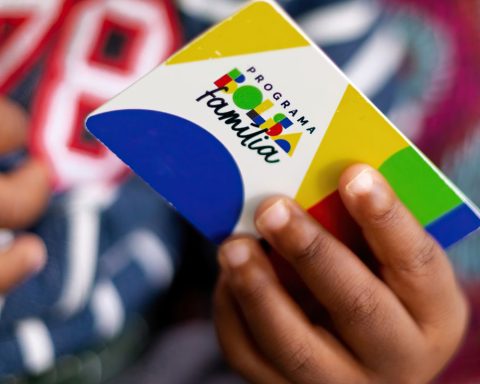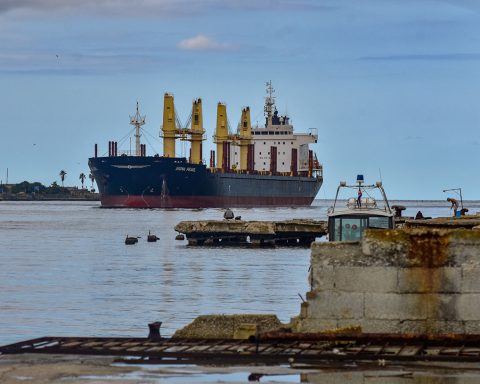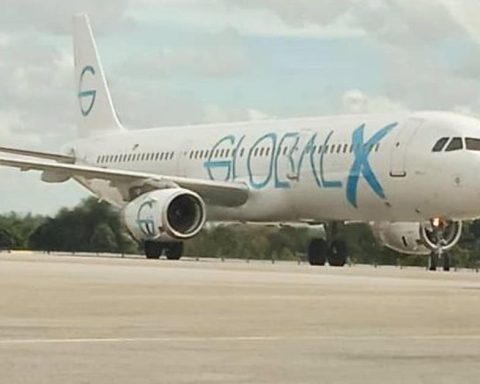40 years ago, that afternoon of Tuesday, May 25, 1982, Captain Roberto Curilovic and Lieutenant Julio Barraza fired the two Exocet missiles from their Super Étendard planes that caused the sinking of the English ship of 31,600 tons Atlantic Conveyor with valuable war materialwhich caused the greatest British logistical loss during the Falklands War.
The loss of the material ranged from 230 million pounds sterling: the British force was left without 12 aircraft, three Chinook helicopters, another six helicopters, a Sea Lynx and two Harrier aircraft. It also meant the loss of equipment for a 4,500-man brigade, combat vehicles, missiles, and a vertical landing strip that was to be set up in San Carlos.
In dialogue with Télam, the Super Étendard squad captain Roberto Curilovic, a native of San Telmo, recounted what it was like to be the protagonist at 35 years of age in the attack that caused “the largest unitary logistical loss in the history of English naval operations” and, after the war, face the “most important mission on a personal level”: support for the families of those who died in the Malvinas.
– Télam: How were the preparations the days before the attack on the Conveyor?
– Curilovic: First there was a logistical preparation of the planes. The work of the mechanics, who are usually anonymous, but whose task is fundamental because any failure in the preparation of the planes makes the mission impossible, was of vital importance. Then, there was an operational preparation: we had priority targets to try to neutralize the British amphibious operation by reducing the air capacity of their aircraft carriers. We were 10 pilots with a team of 90 mechanics but we only had 4 planes and 5 missiles, they had to be used against the core ships -the main ones- that meant the greatest possible damage. In fact, it meant it.

– T: What memory do you have of the exact moment of the attack that May 25?
– C: One does not see the target, it detects it with a radar system. With a quick study of the screen we determine the presence of two ships: one large and one medium. There I ordered Barraza: “Let’s go for the biggest one.” When I saw those two missiles go out with their trails of fire in the middle of the darkness I thought “what a powerful weapon we have”. I knew that those missiles would hit a ship but I didn’t know which one.
– T: Immediately after the attack they were detected by the English aircraft carrier Invincible that attacked them. How would you describe that moment?
– C: There was a great electronic confusion in the British task force, they felt vulnerable to missile attack, for them it was a priority to determine the approach of aircraft. The Invincible launched 6 missiles in pairs. A couple of them went to a British helicopter that was doing an anti-submarine screen and shot it down. The others did not reach us.
– T: How would you describe the damage caused by the mission carried out?
– C: With our attack on the Conveyor, where Captain Ian North and 12 other crew members died, Great Britain suffered the largest unitary logistical loss – given the high level of concentration of supplies on the same ship – in the history of its naval operations . Moreover, losing their helicopters, they had to change their strategy and walk 100 kilometers through the mob with 45-kilo backpacks, which made a 21st-century combat become medieval.
– T: During those flight hours, did you have communication with Barraza or with the mainland base?
– C: Talking is telling the enemy where you are. We had trained in section pairs and with Barraza we always flew together so that it was just looking at each other or making a sign to understand what we should do. We flew without speaking until the moment that we had to climb from the low height to know where the targets are and make the launch, that was the only indication.

– T: Can you describe in words what it feels like in those minutes before and after commanding the attack of an enemy target?
– C: Our training carries this implicitly. A pilot closes the cockpit, takes off, merges with the plane and fulfills his mission. You are flying very fast, at a thousand kilometers per hour, the distances are shortened, you do about 4 blocks per second. Everything happens very fast.
– T: That same day, with a difference of minutes, an Air Force A4B squadron successfully attacked the frigate Coventry in San Carlos. Is it true that there was no coordination between the two attacks?
– C: It was not coordinated. I always say colloquially that it was “the hand of God”, like Maradona’s goal. One of the reasons why we flew so far north is because at the entrance to the San Carlos Strait there were two British ships known as “missile traps” that warned the core of the force of the presence of enemy planes. The Argentine airplanes attacked them and produced the sinking of the Coventry. The British turned all their efforts to recover the survivors and weapons. Twenty minutes later, from an unexpected place, we arrived and attacked the Conveyor.
– T: How was the return operation?
– C: We could land in Puerto Deseado -the only place we could get to with the fuel we had- but since it was a fairly poor airfield in terms of its operating capacity and with night already upon us, it was complicated. I asked the C130 tanker if it was still up for another refueling to land in the Rio Grande. Those planes were like “the hen waiting for all her chicks to return to the nest”. They did not abandon us. So we refueled and were able to reach the base in Rio Grande after 4 hours and ten of flight.
– T: When you returned from the operation, how was the reception?
– C: Our companions had been waiting, not knowing what was happening. The clock becomes very heavy, already after 4 hours, they thought that we were not coming back. When in the darkness they saw the lights of the two planes approaching, there was a huge uproar. When we got to the platform, they opened the hangar door, turned on the lights and there was a crowd waiting for us. No one knew the outcome of the mission, we found out later from the BBC.
– T: Once the war was over and a few years had passed, a new and noble “mission” began: From the hand of Eduardo Eurnekian they collaborated with the families of the fallen in carrying out great tasks such as the reconstruction of the Darwin Cemetery and the trips with retinues of relatives to the Malvinas. How did the link with Eurnekian begin?
– C: When I left the Navy in ’98 “I didn’t know how to cross the street or take a bus.” They were 38 years in the Forces. He had to look for work at 51 years old. Fate crossed paths with Eurnekian who was looking for someone to update the Argentine airspace. This is how I began to work for Aeropuertos Argentina 2000 SA and we began to walk together more than 20 years ago.

– T: How did the initiative to help the relatives of the fallen in Malvinas come about?
– C: Knowing that I was an ex-combatant, Eduardo involved me in this truly humanitarian project that was to support the families of the fallen. The most important dedication on a personal level that touched me was being able to continue with the Malvinas experience in the development of the cemetery for the fallen that was made in Darwin and the organization of the flights to take those mothers who waited 35 years to be able to see the tomb of his children. We made all the arrangements to be able to make trips with 300 people and take them to the resting place of their loved ones. We did it twice, in 2018 and 2019.
– T: On a human level it must have been very moving to be able to help in this cause…
– C: The image that comes to mind is a mother who told me “Thank you.” It is inexplicable to me what that means when thanks must really be given to her and to so many other mothers who gave the most sacred.
